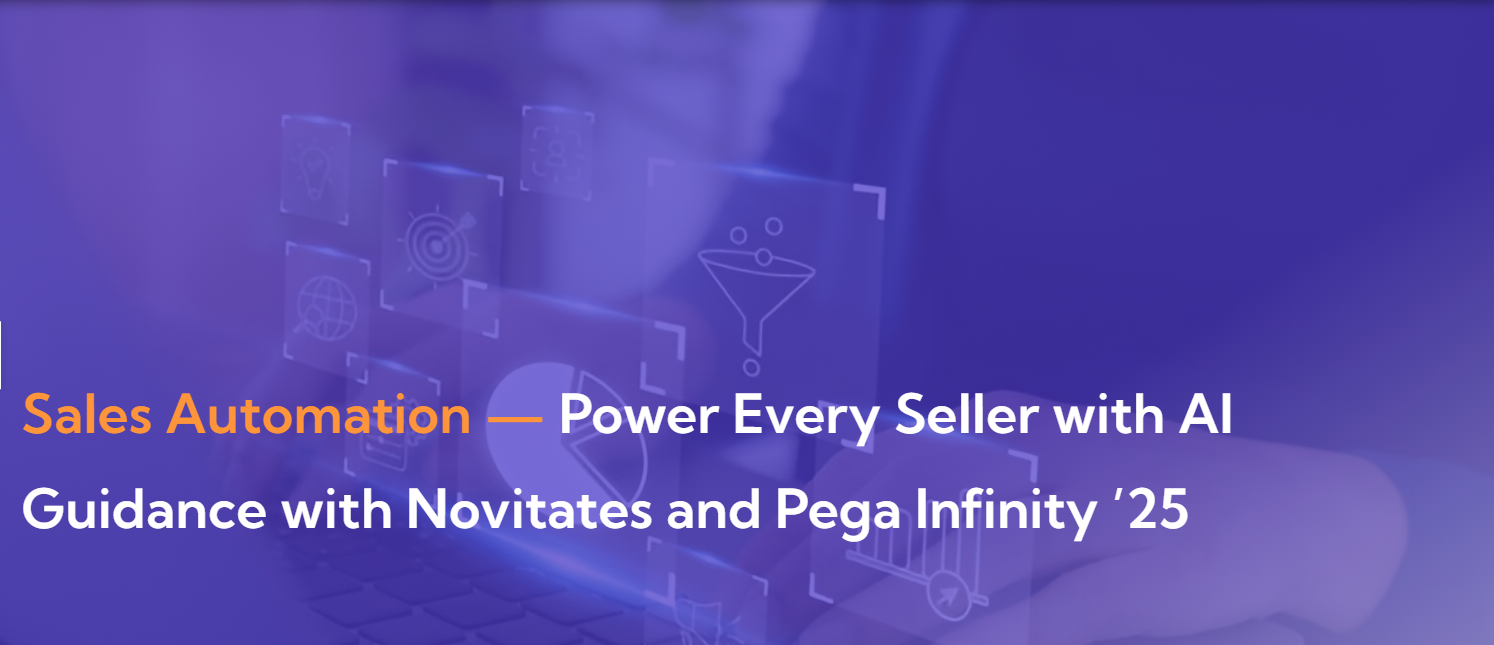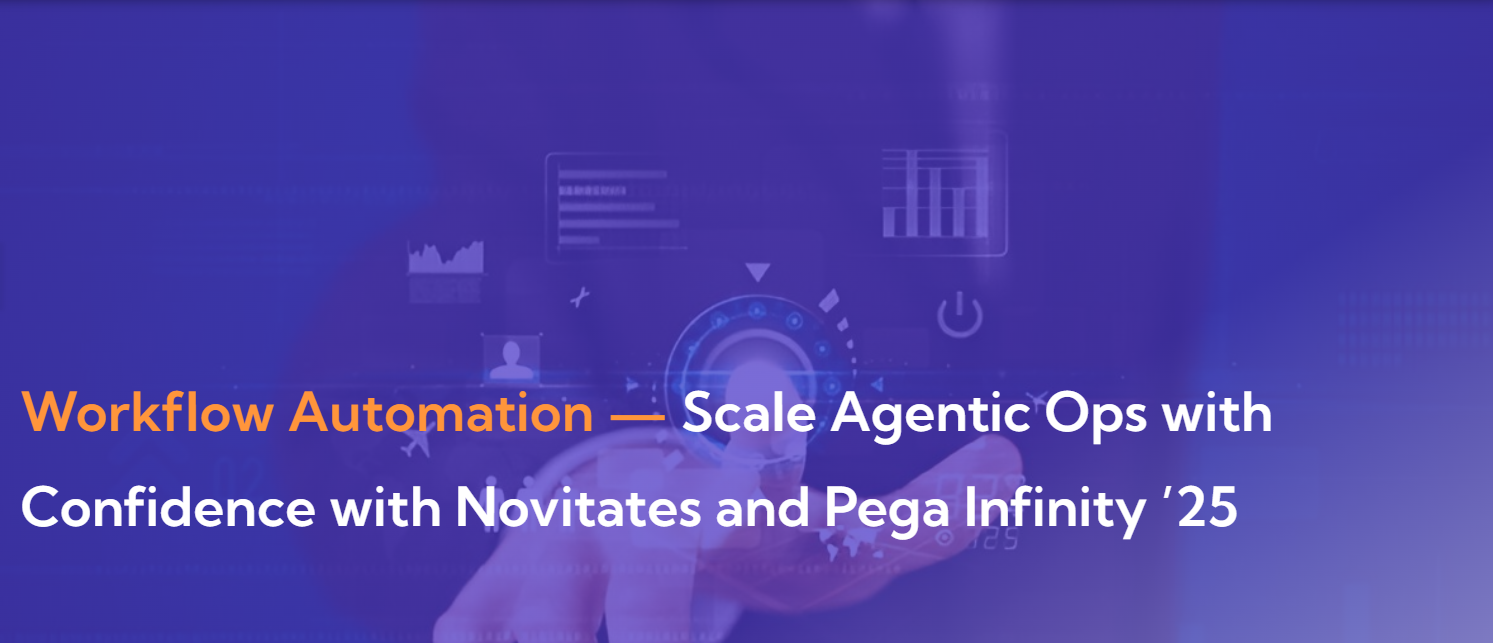Legacy systems are the workhorses of enterprise IT have powered critical operations for decades. But today, they’re often the biggest bottlenecks to agility, scalability, and innovation. From COBOL-based applications to siloed data architectures, the burden of technical debt has never been heavier.
Enter Pega’s GenAI Blueprint: a revolutionary approach that uses the power of Generative AI to instantly convert legacy applications into modern, cloud-native Pega apps—without rewriting code line by line. It’s not just modernization—it’s intelligent transformation at speed.
The Enterprise Legacy Challenge
Nearly 70% of enterprise IT spending still goes toward maintaining legacy systems. These systems are:
- Costly to update and maintain
- Incompatible with modern architectures (e.g., cloud-native, API-first)
- Dependent on aging developer expertise
- Sluggish in adapting to evolving customer demands
Most modernization initiatives take months to years, often disrupted by data migration challenges, stakeholder misalignment, and business downtime. GenAI Blueprint disrupts this paradigm.
What Is Pega’s GenAI Blueprint?
Pega’s GenAI Blueprint is a low-code, AI-augmented framework that leverages Generative AI to convert legacy application logic into Pega’s model-driven architecture, making them instantly:
- Cloud-native
- Modular and scalable
- AI-infused by default
- Customer-experience ready
With GenAI Blueprint, enterprises can describe their legacy system functionality in natural language or upload system specifications, and the AI instantly generates:
- Business process flows
- Data models
- Case structures
- UI scaffolds
- Integration frameworks
All fully editable and aligned with Pega’s low-code best practices.
How It Works: From Blueprint to App
Here’s how Pega’s GenAI Blueprint modernizes legacy apps in a fraction of the time:
- Input Ingestion
Accepts functional specs, legacy documentation, screen recordings, and even user walkthroughs.
- GenAI Interpretation
Pega’s GenAI engine interprets the input and identifies workflows, entities, rules, and relationships.
- Scaffold Generation
Generates a full application blueprint with workflows, data models, and UI components.
- Editable Low-Code Output
Outputs a fully functioning app in Pega App Studio, ready for editing, extension, and integration.
- Governed Deployment
Pega’s DevOps and governance tools ensure apps go live with enterprise-grade controls.
Why It Matters: Speed, Cost, and Clarity
The results are profound:
- Time to Transformation: What used to take 6–12 months now takes days to weeks.
- Cost Reduction: Saves up to 40–60% of total modernization project costs.
- Business Continuity: No lengthy rewrites or risky migrations—blueprints are created on top of existing logic.
- Clarity & Collaboration: Non-technical users can describe what’s needed; GenAI does the heavy lifting.
Real-World Use Case: Live at PegaInnovate 2025
At PegaInnovate 2025, Deepak Visweswaraiah and Suraj Victor demonstrated the real power of GenAI Blueprint. They transformed a COBOL-based legacy app into a fully working Pega app live on stage—with no manual rewrite.
This wasn’t just a technical demo. It showcased:
- Natural language to application in real time
- Business rules and case types generated instantly
- Cloud-native deployment ready for production
It set a new benchmark: legacy modernization without pain, powered by AI.
The GenAI Edge: Not Just a Tool, a Strategic Accelerator
Pega’s GenAI Blueprint is more than just a modernization accelerator—it becomes part of an enterprise’s intelligent architecture strategy:
- Future-proof with continuous enhancements from Pega’s AI roadmap
- Low-code optimized, allowing IT and business collaboration
- Composable letting enterprises reuse services, cases, and components
- Built-in AI & decisioning from the ground up
This makes GenAI Blueprint not just a tactical fix but a strategic leap toward composable, autonomous enterprises.
Novitates POV: Why We Believe in GenAI-Powered Modernization
At Novitates, we work closely with enterprises navigating legacy burdens. We’ve seen first-hand how long traditional rewrites can take—and how often they stall.
Pega’s GenAI Blueprint radically changes the playbook:
- Drastically reduces modernization timelines
- Enables business-IT synergy
- Fuels innovation pipelines faster
We’ve already started enabling clients to use Blueprint for:
- Claims systems transformation in insurance
- Member portals in healthcare
- Customer service platforms in retail
Our AI experts at Novitates help fine-tune the Blueprint process, ensuring output aligns with enterprise security, compliance, and performance goals.
Building with GenAI Blueprint: What You Need
To succeed with GenAI Blueprint, enterprises should:
- Have clear functional descriptions of legacy systems
- Involve cross-functional teams business users, IT, and operations
- Use GenAI output as a starting point, refining with domain-specific customizations
- Work with partners like Novitates for faster execution and adoption
References
- Pega GenAI Blueprint – https://www.pega.com/blueprint
- Gartner – Modernization Strategies https://www.gartner.com/smarterwithgartner/7-options-to-modernize-legacy-systems
- Forrester – The State of Legacy Modernization: https://www.forrester.com/blogs/introducing-the-forrester-wave-application-modernization-and-multicloud-managed-services-q1-2025/




